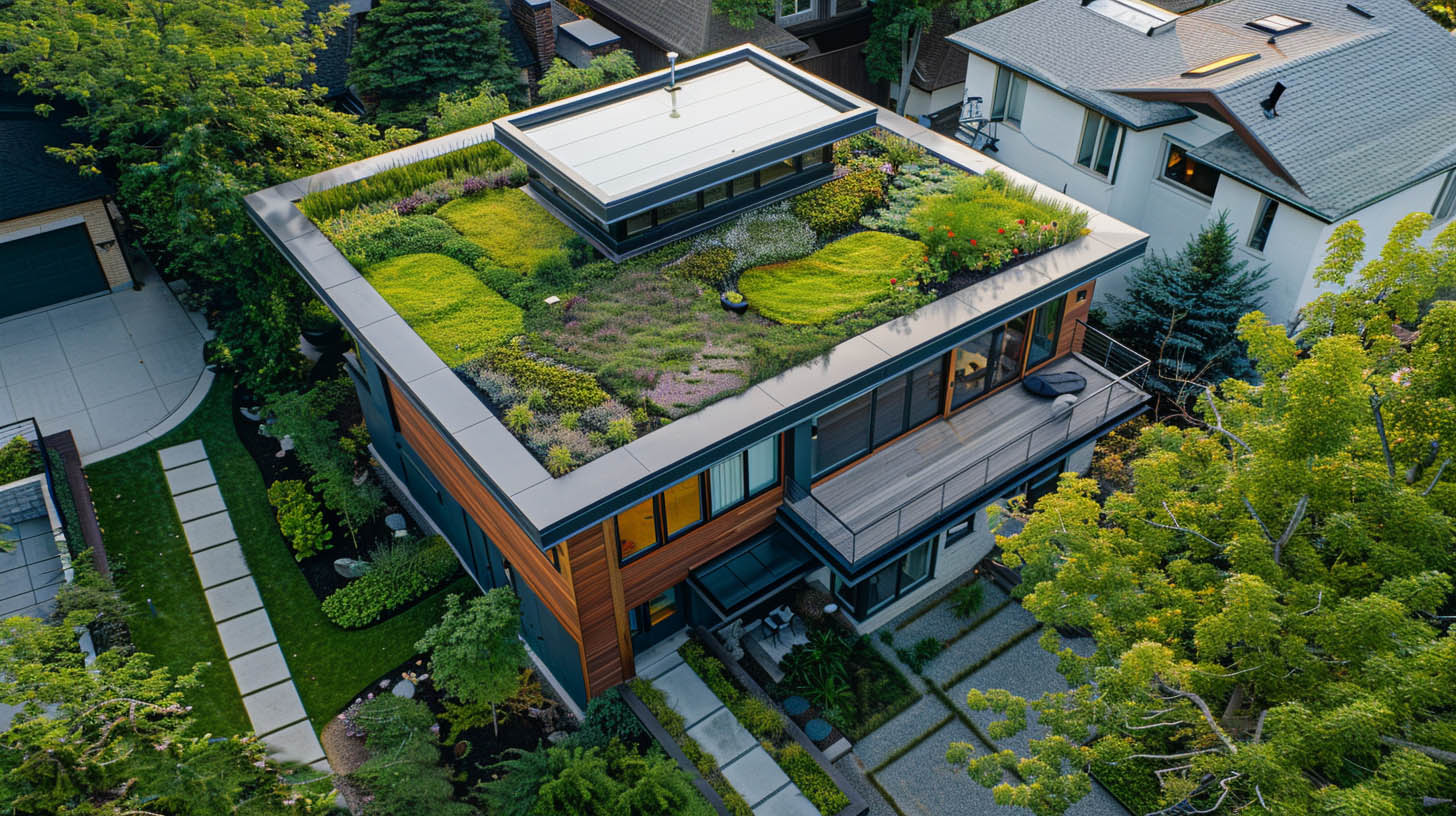In an era where environmental responsibility is more critical than ever, homeowners are increasingly seeking ways to reduce their ecological footprint. One significant area of focus is the roofing of homes, where innovative, sustainable practices can significantly impact energy consumption and overall environmental impact. Here’s how you can transform your roof into an environmentally friendly structure, ensuring it contributes positively to the ecosystem.
Integrating Solar Panels
Harnessing Solar Energy
Solar panels are at the forefront of eco-friendly roofing solutions. By converting sunlight into electricity, solar panels reduce reliance on fossil fuels, decrease electricity bills, and offer a sustainable energy solution. Modern advancements have significantly reduced the cost of solar panels, making them a viable option for a wide range of budgets and homes.
Long-term Savings
While the initial installation cost can be substantial, the long-term savings on energy expenses make solar panels a worthwhile investment. In many regions, homeowners can also benefit from government incentives, tax breaks, and rebates for installing solar energy systems.
Choosing Recycled and Reclaimed Materials
Eco-Friendly Shingles
Opting for recycled or reclaimed shingles is another excellent way to ensure your roofing is environmentally friendly. Recycled shingles made from post-consumer waste such as rubber, plastic, or asphalt reduce landfill waste and the demand for new raw materials. Similarly, reclaimed wood shingles repurpose existing wood from deconstructed buildings, bridges, and other structures, offering a rustic aesthetic without additional tree harvesting.
Durability and Cost-Effectiveness
Recycled and reclaimed materials often come at a reduced cost and offer durability comparable to traditional roofing materials. By choosing these materials, homeowners can decrease both their environmental impact and roofing expenses.
Establishing a Rooftop Garden
Urban Heat Reduction
Rooftop gardens are not only visually appealing but also functionally beneficial. They can help insulate the home, reducing the need for heating in the winter and cooling in the summer. This natural insulation helps lower energy consumption and urban heat islands, particularly in densely populated areas.
Enhancing Air Quality
The plants in rooftop gardens help absorb carbon dioxide and emit oxygen, improving air quality around the home. Additionally, they can capture airborne pollutants and atmospheric deposition, contributing to a healthier environment.
Extending Roof Longevity
The protective layer of a rooftop garden shields the roofing material from UV rays and extreme weather, potentially extending the roof’s lifespan. This natural barrier means the roof may require fewer repairs and can remain functional for a longer period.
Expert Guidance from Summit Exteriors
At Summit Exteriors in Coeur d'Alene, ID, we understand the importance of sustainable building practices. As the top-rated roofing company in Bonner County for 2023 and an Owens Corning Preferred Contractor, our team is committed to helping homeowners make environmentally responsible choices. From selecting the right materials to professional installation, we ensure that your eco-friendly roof is installed with precision and care, tailored to your specific needs and preferences.
Conclusion
Transforming your roof into an eco-friendly structure is a proactive step towards a more sustainable home. By considering options like solar panels, recycled materials, and rooftop gardens, you not only enhance your home’s efficiency and appearance but also contribute to a healthier planet. Summit Exteriors is here to guide you through every step of the process, ensuring your roofing investment is as environmentally beneficial as it is economically wise.



